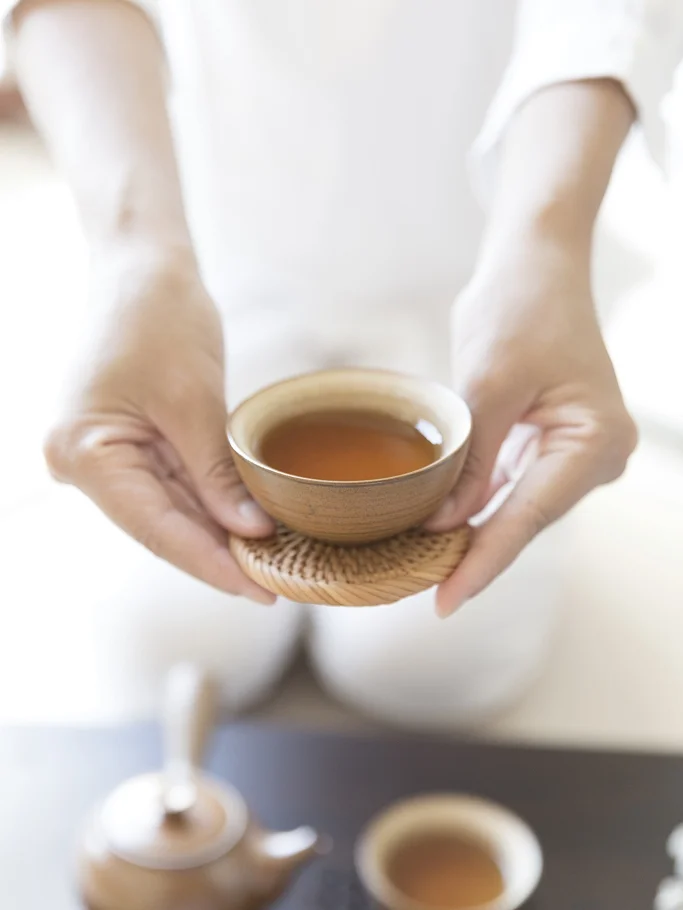Changsha, a city with over a thousand years of history, is both the birthplace of Huxiang culture and a lively modern city. The Xiangjiang River, flowing under Yuelu Mountain, has witnessed the city’s long history and changes. Meanwhile, the busy streets show the city’s energy and style. From ancient sites to modern buildings, from spicy Xiang cuisine to unique Huxiang tea, Changsha attracts visitors with its rich and diverse culture. As an important tea center, Changsha has a long tea history, with famous teas like Anhua black tea and Junshan Yinzhen, which reflect the city's deep charm and unique appeal.
I. The Tea Culture of Huxiang
As one of the birthplaces of Huxiang culture, Changsha holds an important place in the history of Chinese tea culture. Since the Tang and Song Dynasties, the favorable climate and fertile soil of this region have nurtured high-quality tea, laying the foundation for the prosperity of Huxiang tea. Among them, Anhua black tea is the representative of Huxiang tea. With its unique fermentation process and rich flavor, it became an important commodity on the Tea Horse Road, promoting trade and cultural exchanges between Huxiang and the outside world, adding a legendary touch to Changsha’s tea culture.
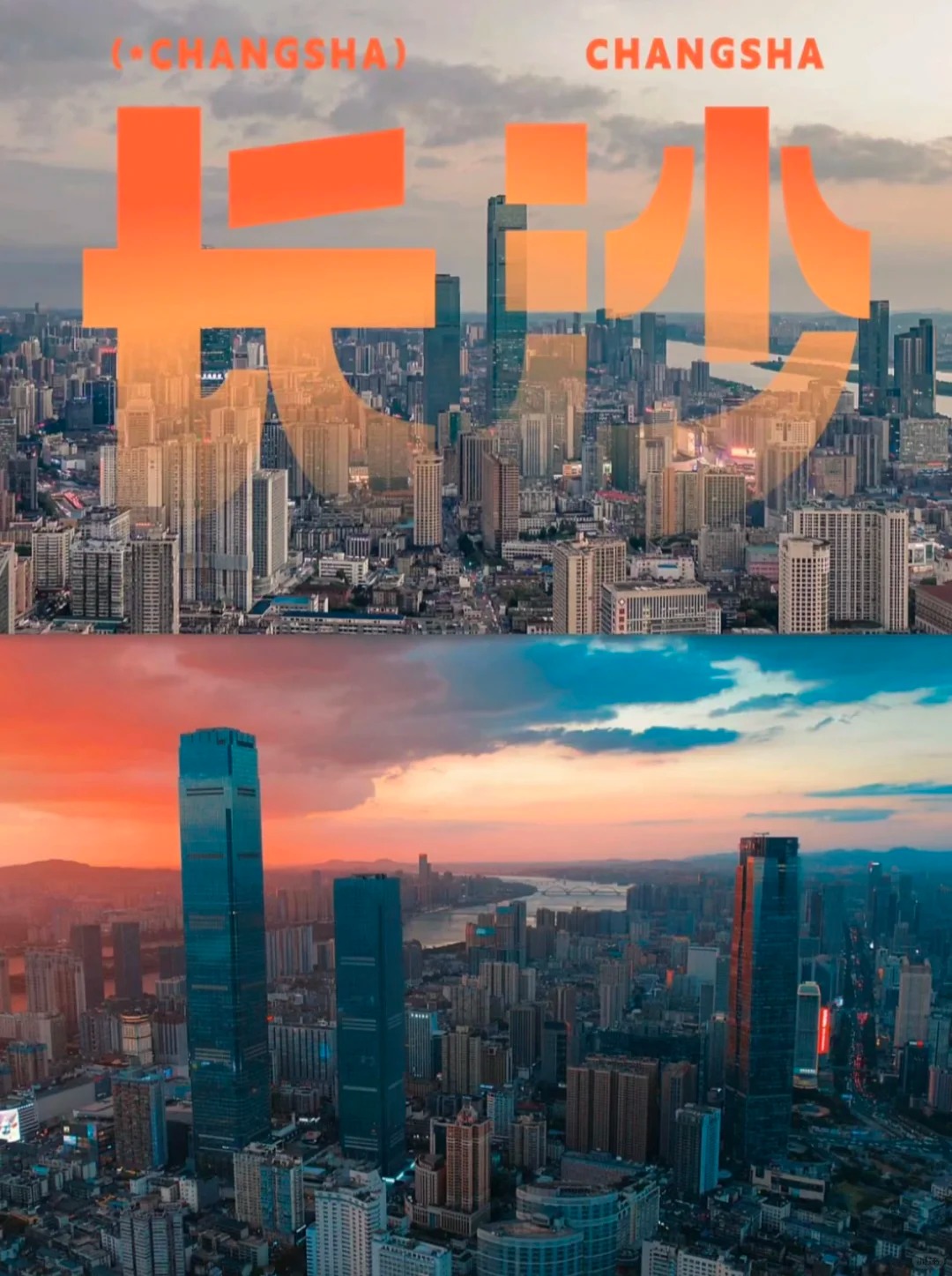
Tea is not only a product but also a symbol of culture. In Huxiang, tea carries the refined taste and emotions of scholars and poets. Ancient poets like Du Fu and Ouyang Xiu praised Huxiang tea in their poems, and the bond between Changsha and tea became part of the spirit of Chinese scholars. In their writings, tea is not just a drink but a spiritual sustenance that complements the resilient and self-reliant qualities of Huxiang culture.
The rise of Anhua black tea has added rich historical depth to Huxiang culture. Known for its “aging improves flavor” quality, it plays an important role in the daily life of the people in Huxiang. It is not only a daily drink but also has health benefits. This cup of Huxiang tea encapsulates the cultural memory and historical legacy of Changsha, a city with a thousand years of history.
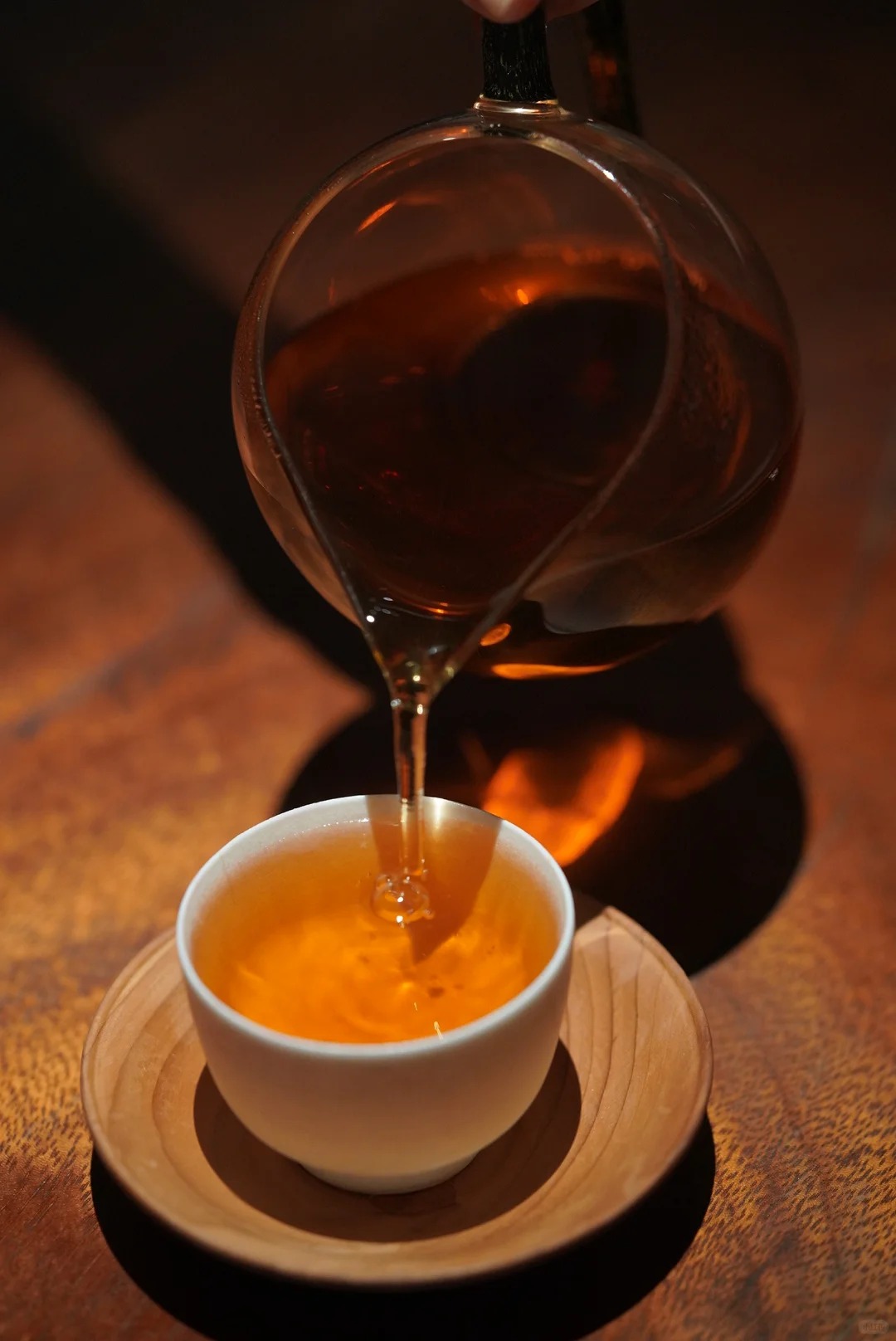
II. The Beauty of Mountains and Waters in Tea Tourism
Changsha’s natural scenery and tea culture complement each other, offering visitors a unique tea travel experience. Yuelu Mountain, with its lush forests and rich cultural heritage, is a must-visit destination. In this mountain area, hidden tea gardens and tranquil temples dot the landscape. The tea gatherings held in the temples allow visitors to sip tea while enjoying the peaceful surroundings. As you hike up the mountain, the aroma of tea fills the air, naturally relaxing both body and mind.
Dongting Lake’s Junshan Island presents another beautiful scene. As the birthplace of Junshan Silver Needle, one of China’s top ten teas, the island is renowned for its yellow tea. Here, the landscape of lake and mountains blends perfectly with tea culture. Visitors not only enjoy the picturesque views where water meets sky, but also gain deeper insights into the cultivation and production of Junshan Silver Needle. This unique tea travel experience makes Junshan Island a cultural treasure of the Huxiang region.
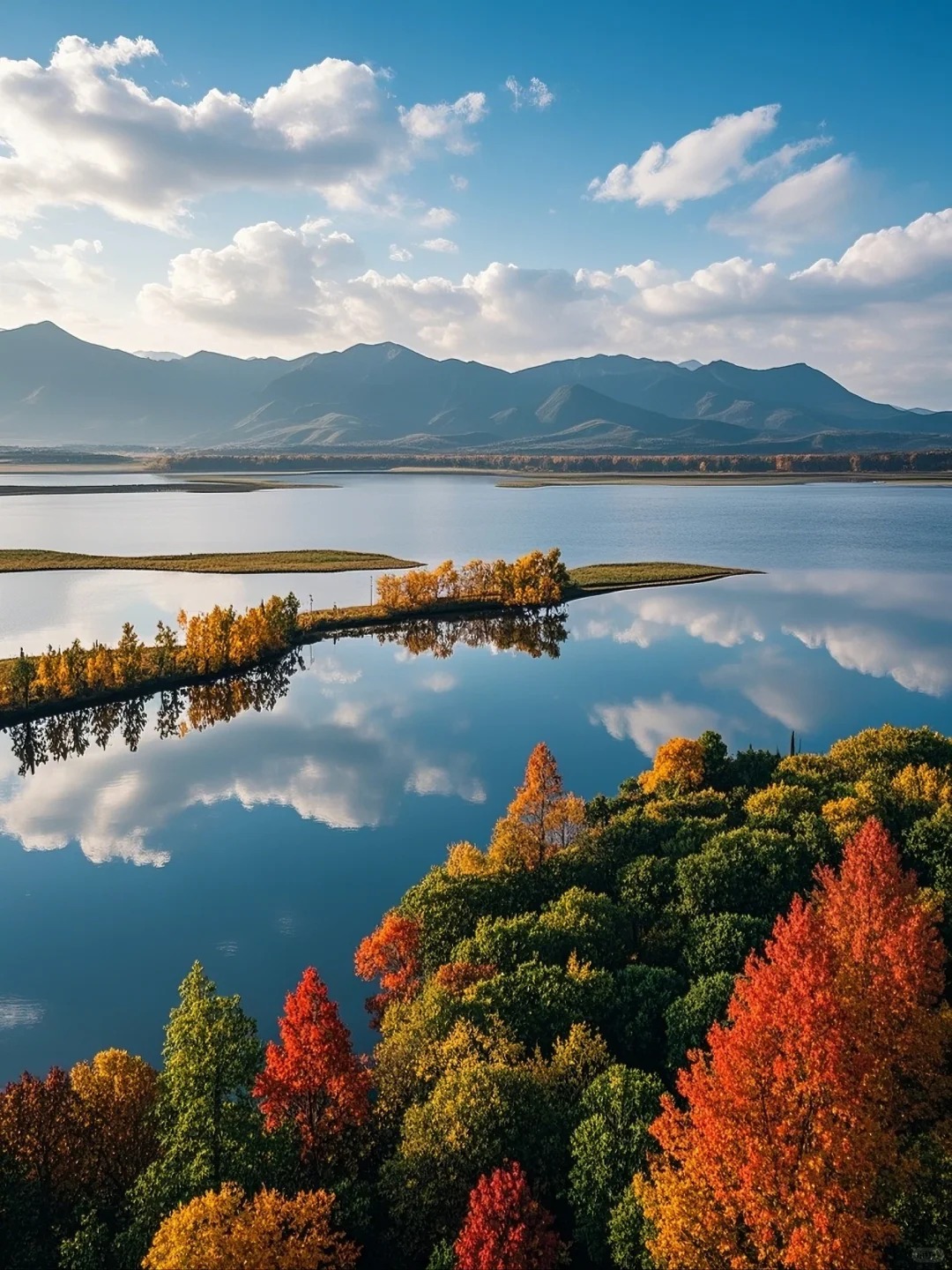
Anhua, the heart of black tea production, attracts countless tea culture enthusiasts with its vast tea fields and traditional tea-making methods. The tea gardens, built along the mountainside, form a stunning terraced landscape. Visitors can watch tea farmers at work and even experience the joy of tea making, witnessing the transformation of fresh leaves into fragrant tea. Strolling through the tea fields, surrounded by mountains and waters, with the scent of tea in the air, feels like stepping into a Huxiang landscape painting.
III. Tea Houses and Tea Drinking Experience
Tea culture in Changsha is deeply rooted in the city’s streets and alleys, with a blend of tradition and modernity that gives the city a unique tea aroma. The old street tea houses in places like Taiping Street and Pozi Street are great spots to experience authentic Huxiang tea culture. These tea houses, with their ancient décor and relaxed atmosphere, carry on centuries-old tea-drinking customs. Whether brewing a pot of rich Anhua black tea or tasting a refreshing cup of Yuelu Mountain green tea, the air in these tea houses is filled with the strong scent of tea and history, making you feel like stepping into a traditional tea house, where tea and culture intertwine.

At the same time, modern tea drinking culture also shows its own charm in Changsha. Creative tea brands like "Chayan Yuese" combine traditional Huxiang teas with modern aesthetics, offering various new-style tea drinks. These drinks are carefully crafted not only for their taste but also for their visual appeal, attracting many young people to visit. These innovative tea drinks retain the original flavor of the tea while adding creative elements, presenting a rich and colorful tea culture.
Tea ceremonies are another highlight of Changsha's tea culture. Tea performances and handcrafting tea-making activities are widely held in the city’s tea houses and cultural centers. Visitors can experience the delicate tea-making skills of tea masters and enjoy the peace and cultivation brought by the "Way of Tea." Additionally, the process of making tea by hand allows visitors to learn about the origins and production methods of tea, experiencing the deep cultural essence of tea. Through these activities, you not only learn the essence of tea art but also appreciate the unique charm of Huxiang tea culture.
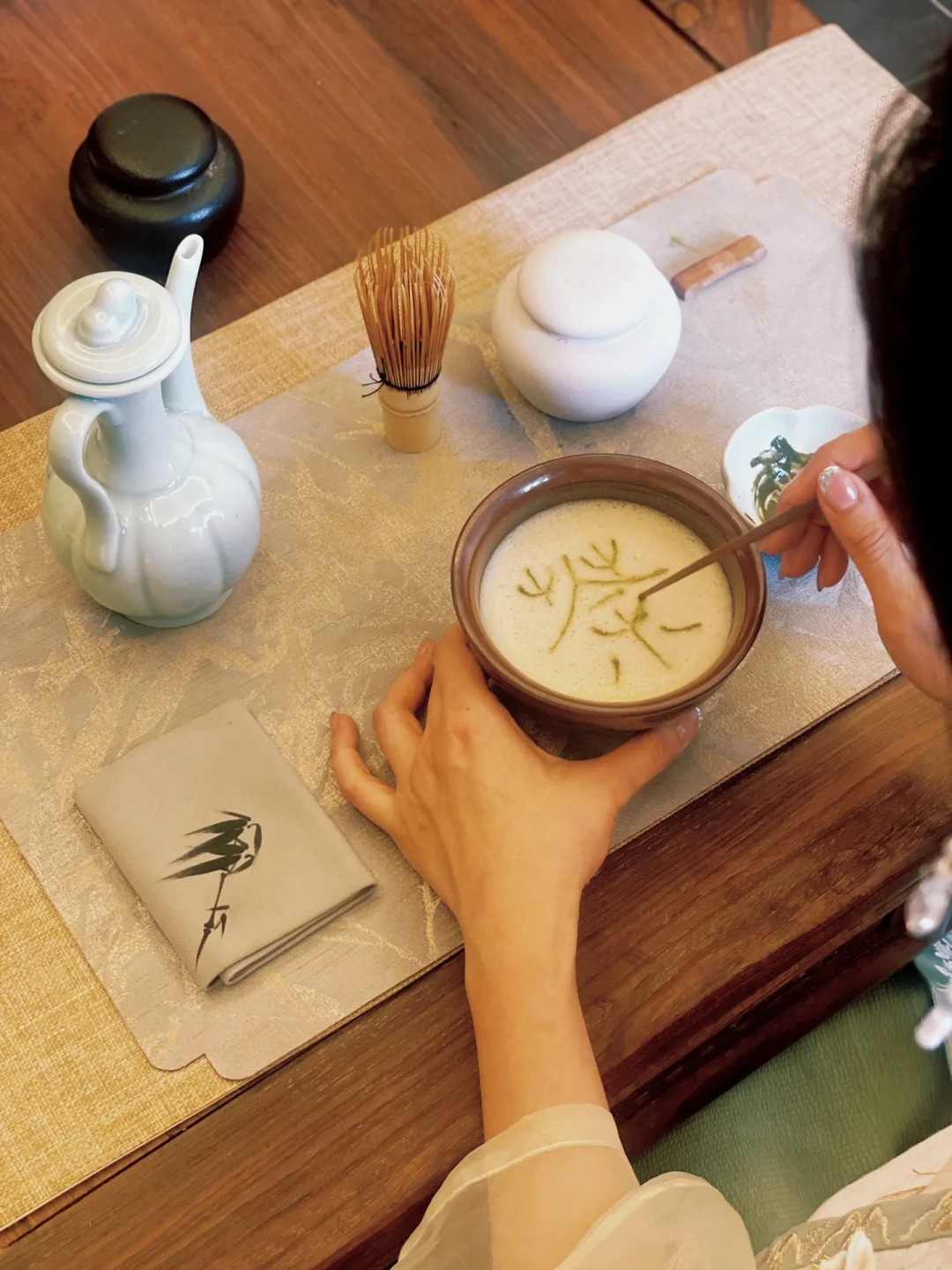
IV. The Fusion of Tea and Hunan Cuisine
In Changsha, tea perfectly complements the bold flavors of Hunan cuisine. Green tea and black tea balance the spiciness of dishes like chili fish head and spicy snake. Green tea helps smooth out the heat, while Anhua black tea reduces greasiness and enhances rich flavors. Tea adds a refreshing touch, making spicy dishes more enjoyable.
Tea also pairs well with local snacks like sugar-oil sticky rice cakes, crispy rice crusts, and steamed dumplings. Whether in a tea house or on the streets, enjoying tea with Hunan snacks offers a great taste experience, combining the best of both tea and food cultures.
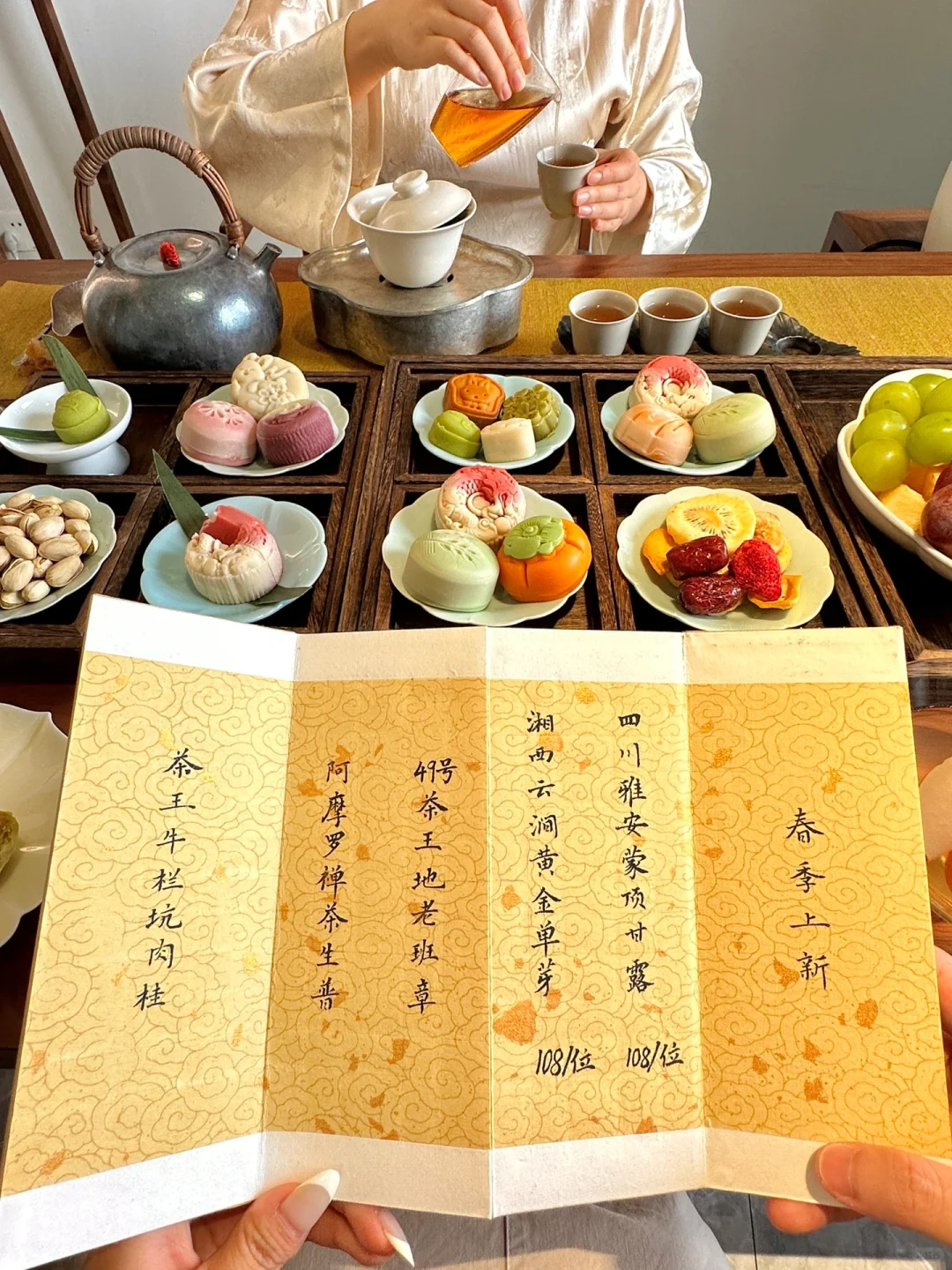
V. Practical Travel Tips
1. Best Time to Visit
-
Spring and Autumn: Ideal for tea-tasting and exploring scenic spots.
-
Spring offers warm, humid weather with lush tea gardens, perfect for tea picking and sightseeing.
-
Autumn brings tea harvests and pleasant temperatures, making it the best time for tea appreciation.
2. Recommended Tea Purchases
-
Anhua Black Tea: Buy authentic black tea directly from Anhua tea gardens and factories, where you can also learn about the tea-making process.
-
Junshan Silver Needle: From Junshan Island in Dongting Lake, known for its elegant aroma and rich flavor.
-
When purchasing, choose reputable tea shops or cultural centers to ensure freshness and quality.
3. Transportation and Accommodation
-
Transportation: Changsha’s metro and bus systems are convenient, making it easy to reach major attractions.
-
Accommodation: Opt for tea-themed hotels or tea house accommodations to enjoy tea-tasting experiences.
-
Tea Region Tours: Visit Anhua and Junshan Island for immersive tea garden walks and hands-on tea-picking activities.
VI. The Story of Changsha in a Cup of Tea
In Changsha, the birthplace of Huxiang culture, tea is deeply intertwined with the city’s identity. A cup of Anhua Black Tea or Junshan Silver Needle carries the history and stories of this land. The aromatic tea houses and the city’s long tea heritage invite visitors to experience Changsha’s unique charm through every sip.
From ancient poetry to modern tea ceremonies, Changsha’s tea culture is more than a sensory delight—it’s a gateway to exploring the city’s rich history and humanistic spirit. When you visit Changsha, a cup of tea is not just a drink; it’s a taste of the city’s enduring culture and profound tea traditions.
